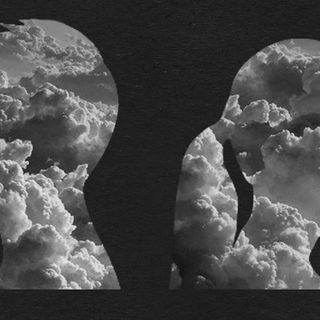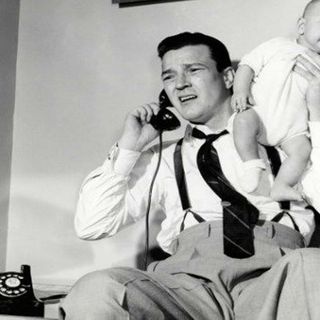
Babies Are Wired to Recognize Happiness
At six months, babies can tell happy voices go with happy faces.

The ability of babies to differentiate emotional expressions seems to develop in the first six months of life. During this period, newborns and babies have a preference for smiling faces and happy voices. Infants can distinguish happiness from other expressions such as fear, sadness or anger.
It’s not until seven months and beyond that they develop the ability to discriminate between several other facial expressions. It seems, therefore, that babies possess early skills for recognizing happiness and differentiating it from other emotions, but do they really recognise and distinguish the emotional states, or simply respond to the physical characteristics of faces or sound of voices?
Researchers from the University of Geneva (UNIGE), Switzerland, have just provided an initial answer to this question, measuring the ability of 6-month-old babies to make a connection between a voice (expressing happiness or anger) and the emotional expression on a face (again, of happiness or anger). The findings, published in the journal PLOS ONE, show that babies look at an angry face — especially the mouth — for longer if they have previously heard a happy a voice. This reaction to something new demonstrates for the first time that babies have an early ability to transfer emotional information from the auditory mode to the visual.
In an attempt to find an answer, 24 6-month-old babies took part in a study at the Geneva BabyLab. They were exposed to voices and faces expressing the emotions of happiness and anger. During a first phase devoted to auditory familiarisation, the babies faced a black screen and listened to a neutral, happy or angry voice for 20 seconds. In the second stage — based on visual discrimination lasting 10 seconds — the babies were placed in front of two emotional faces, one expressing happiness and the other anger.
The research team used eye-tracking technology to measure the baby’s eye movements with great precision. They were then able to determine whether the time spent looking at one or other of the emotional faces — or specific areas of the face (the mouth or eyes) — varied according to the voice they listened to. If the babies looked equally at both faces, it would not be possible to conclude that there was a difference. On the other hand, if they clearly looked at one of them much longer, we could state that they are able to spot a difference between the two faces, explains Amaya Palama, a member of the research team.
The team found that 6-month-olds did not have a preference for either of the emotional faces if they had already heard a neutral voice or a voice expressing anger. On the other hand, they spent longer looking at the face expressing anger — especially its mouth — after hearing a voice expressing happiness. This visual preference for novelty on the part of 6-month-olds testifies of their early ability to transfer emotional information about happiness from the auditory to the visual mode.
Based on this study, we can conclude that six-month-old babies are able to recognise the emotion of happiness regardless of these auditory or visual physical characteristics, the researchers say. The findings provide clear evidence for many assumptions about early childhood development, and suggest one of the best things you can do is smile and talk nicely. It’s almost like there should be a (golden) rule about that.
Related


Mental Health Disorders Are a Leading Cause of Childhood Illness Worldwide
